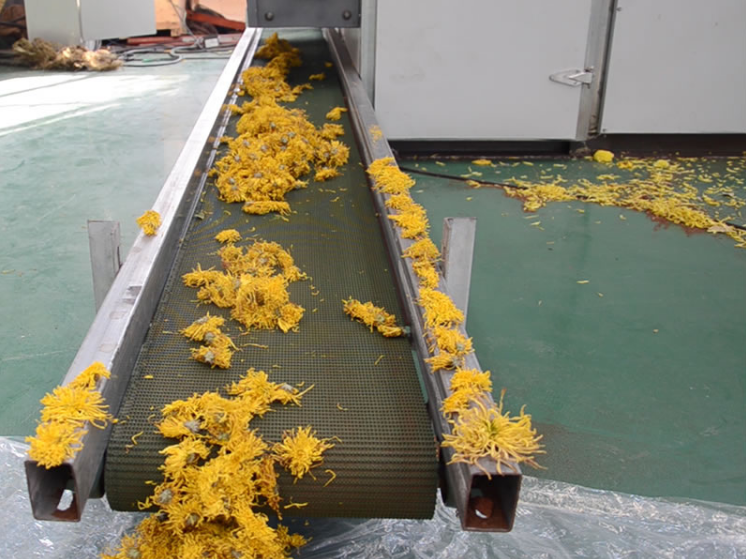Navigating the future together: chrysanthemum mesh belt dryer's impact on sustainable longan processing in nepal

As the world becomes increasingly focused on sustainable practices, industries that traditionally relied on labor-intensive and environmentally taxing methods are seeking innovative solutions to reduce their ecological footprint. One such industry is longan processing, particularly in countries like Nepal where this fruit is a significant part of the agricultural economy. The introduction of the Chrysanthemum Mesh Belt Dryer (CMBD) has been pivotal in revolutionizing the post-harvest treatment of longans, offering a pathway towards more sustainable and efficient processing techniques.
The CMBD is a specialized drying technology designed specifically for use with fruits and vegetables. It employs a mesh belt system that evenly distributes heat, ensuring uniform drying without compromising the quality or nutritional value of the produce. This technology has been gaining traction globally for its energy efficiency and gentle handling of delicate items, making it an ideal candidate for application in the longan sector.
In Nepal, longans are not only a source of nutrition but also a critical export commodity. However, the conventional drying methods used extensively, such as open sun drying or basic hot-air drying, often lead to contamination, uneven drying, and substantial losses due to spoilage. These methods also require large areas of space and are heavily dependent on weather conditions, which can be unpredictable and often unfavorable in the monsoon-prone regions of the country.
By contrast, the CMBD offers a controlled environment that significantly reduces the risks associated with traditional drying. Its enclosed system protects the longans from external contaminants, such as dust, insects, and bird droppings, thereby improving product safety and hygiene. Additionally, the consistent temperature control within the dryer ensures that the longans retain their natural flavors, colors, and nutrients, enhancing the overall quality of the final product.

Furthermore, the CMBD's energy-efficient design plays a crucial role in reducing operational costs and the reliance on non-renewable energy sources. This not only contributes to environmental conservation efforts but also makes the processing of longans more economically viable for farmers and processors alike. With reduced energy consumption comes lower carbon emissions, aligning the longan industry more closely with global sustainability goals.
The adoption of the CMBD also has broader societal implications for Nepal. By improving the efficiency and quality of longan processing, it can help increase the income of smallholder farmers who form the backbone of the country's agricultural sector. This, in turn, can stimulate local economies, foster entrepreneurship, and encourage further innovation in agri-processing technologies.
Moreover, as Nepal strives towards sustainable development, embracing technologies like the CMBD can position the country as a leader in responsible agricultural practices. This can enhance Nepal's reputation in international markets and potentially attract more foreign direct investment into other sectors based on its demonstrated commitment to sustainability.
In conclusion, the Chrysanthemum Mesh Belt Dryer represents a transformative tool for the future of longan processing in Nepal. Its impact extends beyond just improving the quality and safety of the product; it heralds a new era of sustainable, efficient agricultural practices that can uplift rural communities and contribute to the nation's broader economic and environmental objectives. As we navigate the complex challenges of our time, it is through such collaborative innovations that we can build a more sustainable and prosperous future together.